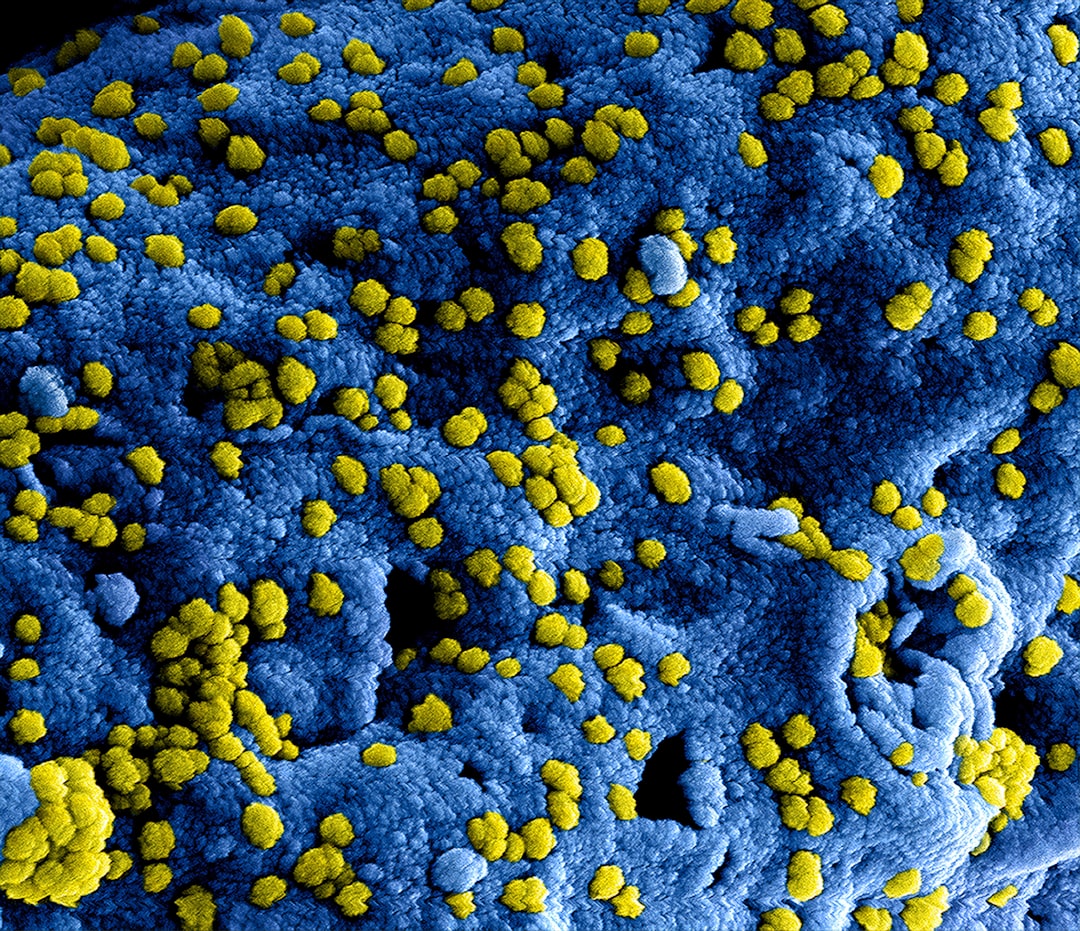What is it about?
Polyamides are normally thought to bind to DNA largely through hydrogen bonds between amide NHs and DNA acceptors in the minor groove, but that cannot be the case for the long, antiviral polyamide we examined because enthalpy plays no productive role in the overall free energy of binding. Instead, the free energy of binding is dominated by entropy. We also showed that the binding stoichiometry for the hairpin polyamide can reach greater than 2:1 and speculate on possible structures. This higher stoichiometry has been reported before but never discussed.
Featured Image

Photo by CDC on Unsplash
Why is it important?
One reason this is important is that it helps to explain the highly promiscuous DNA binding of the long, antiviral polyamide to DNA sequences, where the DNA binding "rules" for polyamides are not obeyed. Those rules are based on hydrogen bonding interactions, and hydrogen bonding has no energetic consequence in this case. It is also important to note that the high-stoichiometry binding, which has also been observed for small polyamides, must open up an entirely new range of polyamide-DNA structures.
Perspectives
Neither polyamide-DNA thermodynamics nor structure has been settled yet, even after many decades of research, a situation which is recognized by some groups and hotly disputed by others.
Professor James Keane Bashkin
University of Missouri-St. Louis
Read the Original
This page is a summary of: Thermodynamics and Site Stoichiometry of DNA Binding by a Large Antiviral Hairpin Polyamide, Biochimie, November 2018, Elsevier,
DOI: 10.1016/j.biochi.2018.11.013.
You can read the full text:
Resources
Contributors
The following have contributed to this page










